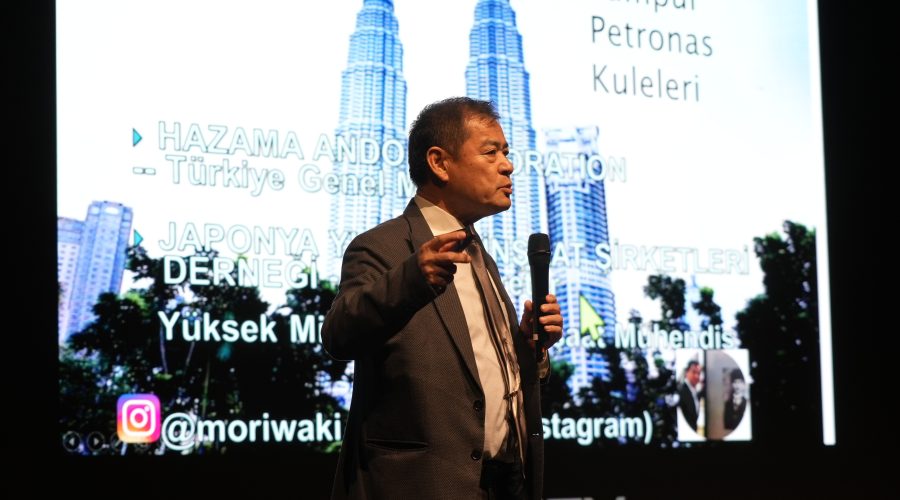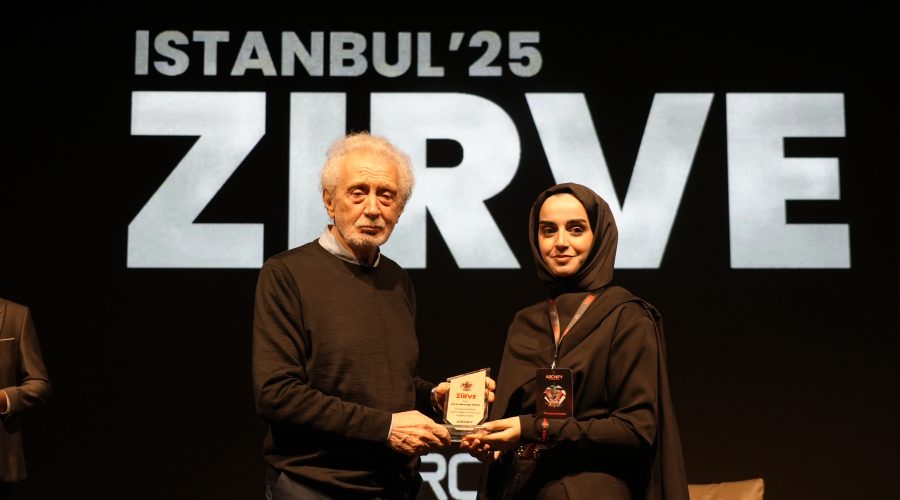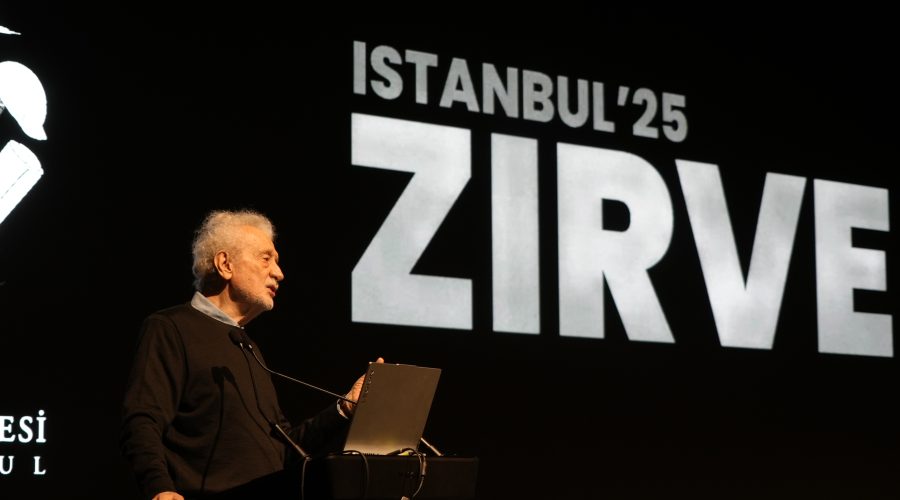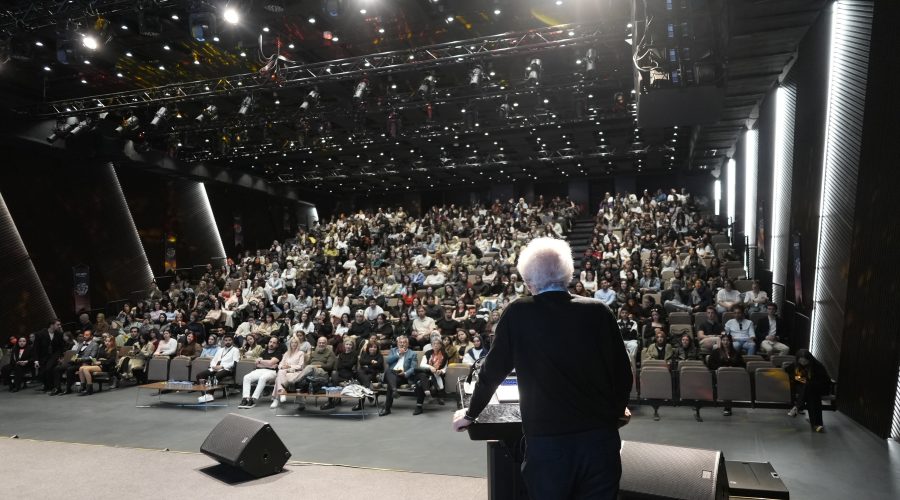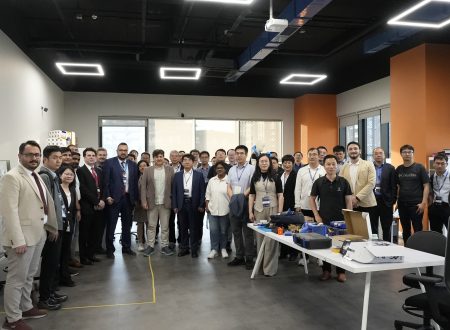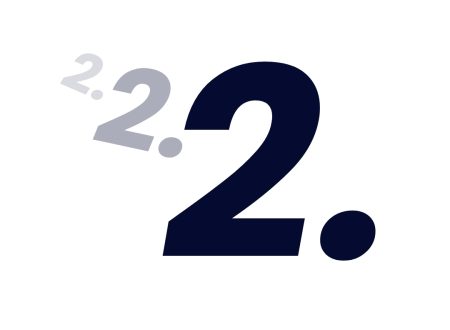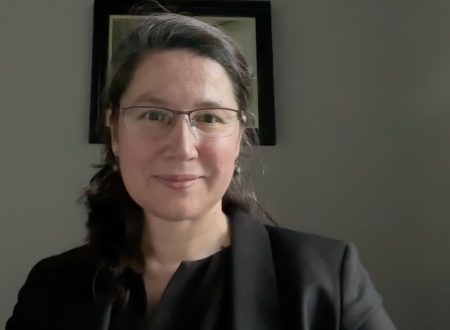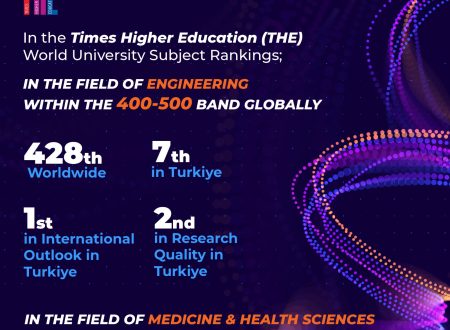Organized by the Archify Architecture Platform and hosted at Istinye University on May 3–4, the Istanbul Architecture Summit 2025 brought together academics, industry professionals, and students from the fields of architecture and urban planning. Among the keynote speakers was Prof. Dr. Uğur Tanyeli, Faculty Member at the Istinye University Faculty of Architecture and one of Turkey’s leading figures in the fields of architectural history and critical theory.
Prof. Dr. Tanyeli delivered a compelling talk tracing the parallel transformations of society, the concept of the individual, and architecture from the 16th century to the present day. He emphasized the evolving influence of ecological and sociological changes on architecture, stating:
“Architecture today carries the responsibility of an ongoing societal transformation. Architects are not merely individual practitioners—they must act as contributors to a healthy and secure society.”
“A rupture is expected along the Adalar and Çınarcık fault lines”
Also speaking at the summit was Yoshinori Moriwaki, a renowned Japanese architect and structural engineer known for his work on earthquake awareness and safety. Addressing Turkey’s preparedness for future earthquakes, Moriwaki stated:
“The 6.2 magnitude earthquake off the coast of Silivri on April 23 released some energy, but no rupture has occurred yet along the Adalar and Çınarcık fault lines. Energy remains stored there, and although we cannot predict the timing, a future earthquake in this region is certainly possible.”
“More than 50% of Turkey’s 21 million buildings are unlicensed”
Highlighting the urgency of safe construction and urban planning, Moriwaki added:
“As an architect, I explained what needs to be done for Turkey. I want to remind everyone of the late Prof. Dr. Ahmet Mete Işıkara’s words: ‘Earthquakes don’t kill people—buildings do.’ Of Turkey’s 21 million buildings, over 50% are unlicensed. This must be corrected, starting with areas built on soft ground. We need to focus more on urban transformation, which also involves comprehensive city planning.”
“Earthquake education should start at an early age”
Stressing the importance of awareness from a young age, Moriwaki noted:
“In Japan, earthquake education begins in elementary school. One effective method is through illustrated comic books, which can teach children about earthquake preparedness from an early age.”




